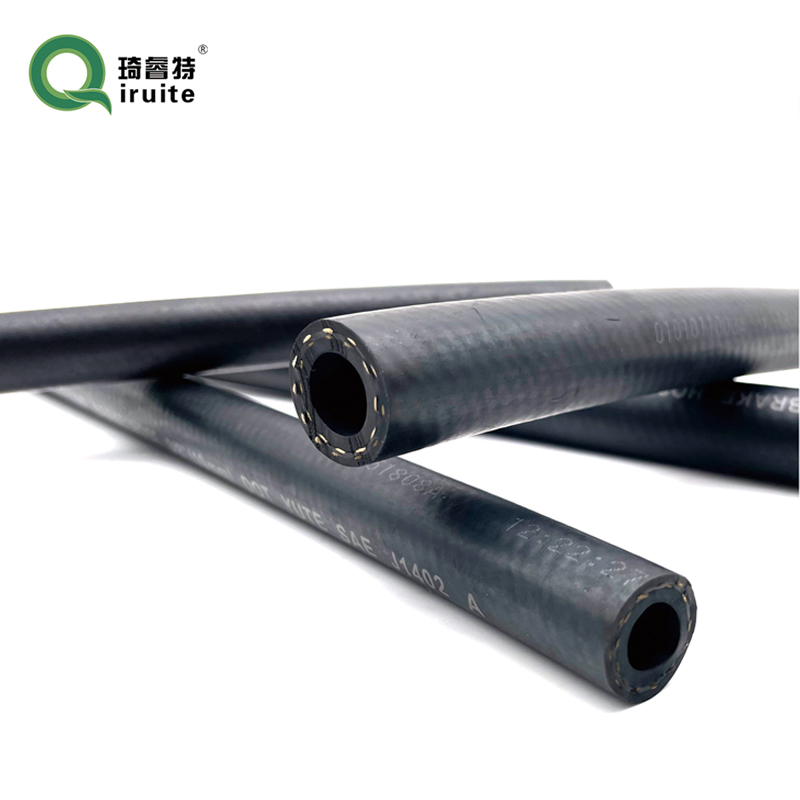134a hose
The Importance of R134a Hoses in Automotive Air Conditioning Systems
In the world of automotive engineering, especially regarding climate control systems, the efficiency and reliability of components are paramount. Among these components, the R134a hose plays a critical role in ensuring that automotive air conditioning (A/C) systems function effectively. As we delve into this topic, we will explore the significance of R134a hoses, their design, maintenance, and the impact they have on overall vehicle performance.
Understanding R134a Refrigerant
Before discussing R134a hoses, it is essential to understand what R134a is. R134a, or tetrafluoroethane, is a hydrofluorocarbon (HFC) that has been widely used as a refrigerant in automotive and industrial cooling systems since it replaced the more harmful R12 refrigerant. The adoption of R134a was primarily driven by environmental concerns, as R12 was known to deplete the ozone layer. R134a is not only less harmful to the environment but also more efficient in heat transfer, making it a popular choice for modern automotive A/C systems.
The Role of R134a Hoses
R134a hoses are specifically designed to transport the refrigerant between various components of the A/C system, including the compressor, condenser, evaporator, and expansion valve. These hoses must withstand high pressures and temperatures, as they circulate the refrigerant in a continuous loop to provide cooling for the vehicle's interior.
The design of R134a hoses is critical for ensuring the refrigerant’s integrity and efficiency
. Typically made from durable materials such as rubber or synthetic compounds, these hoses are reinforced with layers of textile or steel to prevent bursting and leakage. The inner lining must also be compatible with R134a to ensure it does not degrade over time, which could compromise the system's performance.Maintenance and Common Issues
134a hose

Regular maintenance of R134a hoses is crucial for the longevity and efficiency of the A/C system. Over time, hoses can become brittle or develop cracks due to exposure to heat, oil, and ozone. Such deterioration may lead to refrigerant leaks, which not only diminish the system's cooling capability but can also have negative environmental impacts.
Mechanics often recommend periodic inspections of R134a hoses, particularly before the onset of peak summer driving seasons. Signs of wear might include visible cracks, swelling, or a drum-tight feel when squeezed. If a hose is found to be compromised, it is critical to replace it promptly to avoid further damage to the A/C system and to ensure optimal vehicle performance.
Environmental Considerations
With the growing concern over climate change and environmental preservation, the choice of refrigerant and the efficiency of associated components have never been more critical. R134a, while an improvement over R12, still poses some environmental challenges; hence, it's important for automotive manufacturers and technicians to be mindful of leakage and ensure proper recycling of refrigerants.
Newer alternatives such as R1234yf are being introduced into the market as a more environmentally friendly option. While this shift takes place, R134a remains prevalent in many existing vehicles, emphasizing the ongoing need for education and awareness regarding its maintenance and the importance of its supporting components, such as hoses.
Conclusion
In conclusion, R134a hoses are vital components of automotive A/C systems, ensuring the efficient and safe transport of refrigerant throughout the system. With proper design and maintenance practices, these hoses contribute significantly to the vehicle’s overall performance and environmental footprint. As technology evolves and new refrigerants make their way into the market, understanding the role and maintenance of R134a hoses will remain essential for automotive technicians and vehicle owners alike. Ensuring these hoses are in good condition not only enhances passenger comfort but also promotes a healthier planet through responsible refrigerant management.
-
Ultimate Spiral Protection for Hoses & CablesNewsJun.26,2025
-
The Ultimate Quick-Connect Solutions for Every NeedNewsJun.26,2025
-
SAE J1401 Brake Hose: Reliable Choice for Safe BrakingNewsJun.26,2025
-
Reliable J2064 A/C Hoses for Real-World Cooling NeedsNewsJun.26,2025
-
Heavy-Duty Sewer Jetting Hoses Built to LastNewsJun.26,2025
-
Fix Power Steering Tube Leaks Fast – Durable & Affordable SolutionNewsJun.26,2025

